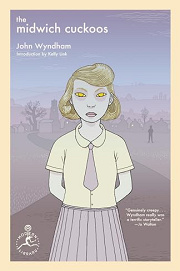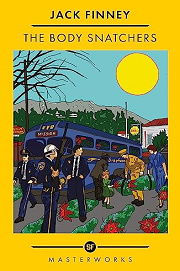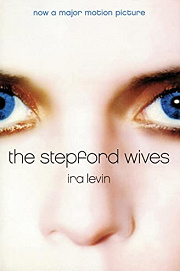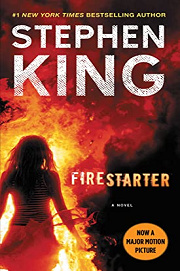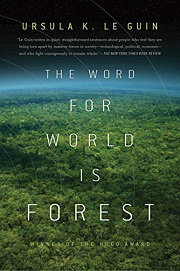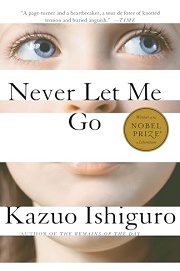Share your thoughts in a quick Shelf Talk!
The Midwich Cuckoos by John Wyndham
A quiet English village falls under an eerie hush—and every woman soon bears a child with unsettling gifts. Chilling and understated, The Midwich Cuckoos probes the terror of the unknown moving behind familiar faces.
Have you read this book? Share what you liked (or didn’t), and we’ll use your answers to recommend your next favorite read!
Love The Midwich Cuckoos but not sure what to read next?
These picks are popular with readers who enjoyed this book. Complete a quick Shelf Talk to get recommendations made just for you! Warning: possible spoilers for The Midwich Cuckoos below.
In The Midwich Cuckoos, did you enjoy ...
... a slow-burn, socially focused alien incursion that erodes trust in a tight-knit town?
The Body Snatchers by Jack Finney
If what gripped you was how Midwich’s golden‑eyed Children quietly reshape village life after the “Dayout,” you’ll love how pod-born doubles in The Body Snatchers slide into Mill Valley under everyone’s noses. Like Gordon Zellaby’s rational probing of the Children’s hive-mind, Dr. Miles Bennell pieces together a social mystery—neighbors acting almost right, but not quite—until the conspiracy becomes undeniable. It’s the same creeping dread of an invasion that works through conformity rather than lasers, and the same moral panic over who is still “us.”
... the claustrophobic, village-scale menace of a community pretending everything is fine?
The Stepford Wives by Ira Levin
If you were hooked by the way Midwich closes ranks—parents smiling through fear as the Children compel obedience—Levin’s The Stepford Wives delivers that same suburban hush. As Joanna Eberhart senses that Stepford’s women are being remade, the cozy streets feel as perilous as Midwich High Street after the pregnancies. The secrecy, the chilling polite nods, and the dawning realization that the town itself is the trap will echo the tension you felt right up to Zellaby’s final, deadly act of defiance.
... the moral calculus of confronting a dangerously gifted child before disaster strikes?
Firestarter by Stephen King
If the ethical knot in The Midwich Cuckoos—whether anyone has the right to destroy children who can annihilate a village—kept you turning pages, Firestarter puts you back in that crucible. As Andy and his daughter Charlie flee The Shop, every choice echoes Zellaby’s impossible decision: protect a child with devastating power or prevent the catastrophic harm she could cause. Charlie’s flare-ups recall the Children’s lethal compulsion, and the stalking presence of Rainbird mirrors Midwich’s mounting dread that one mistake will cost lives.
... the unsettling sense of an occupying power remaking a people from within?
The Word For World Is Forest by Ursula K. Le Guin
If the Children’s collective will felt like a quiet colonization of Midwich—bodies altered, culture coerced—Le Guin’s novella makes that dynamic explicit. On Athshe, Terran loggers impose their order until Selver leads a resistance that changes his people forever. The way Midwich parents realize their own offspring are agents of a foreign design rhymes with Athsheans confronting how conquest reshapes identity. It’s the same chilling question lurking beneath Zellaby’s plan: when a force rewrites a society’s future, what response is justified?
... the haunting questions about what makes someone human—and who gets to decide?
Never Let Me Go by Kazuo Ishiguro
If what lingered for you was the philosophical chill—Zellaby weighing the Children’s personhood even as he plots the schoolhouse finale—Never Let Me Go lives in that same quiet, devastating register. Kathy H., Ruth, and Tommy grow up in Hailsham believing they’re special, only to face a purpose others assigned to their bodies. Like Midwich’s villagers, the adults around them rationalize the unthinkable. The novel’s calm surface, and its final, heartbreaking acceptance, will echo the moral unease you felt in Midwich.
Unlock your personalized book recommendations! Just take a quick Shelf Talk for The Midwich Cuckoos by John Wyndham. It’s only a few questions and takes less than a minute.
